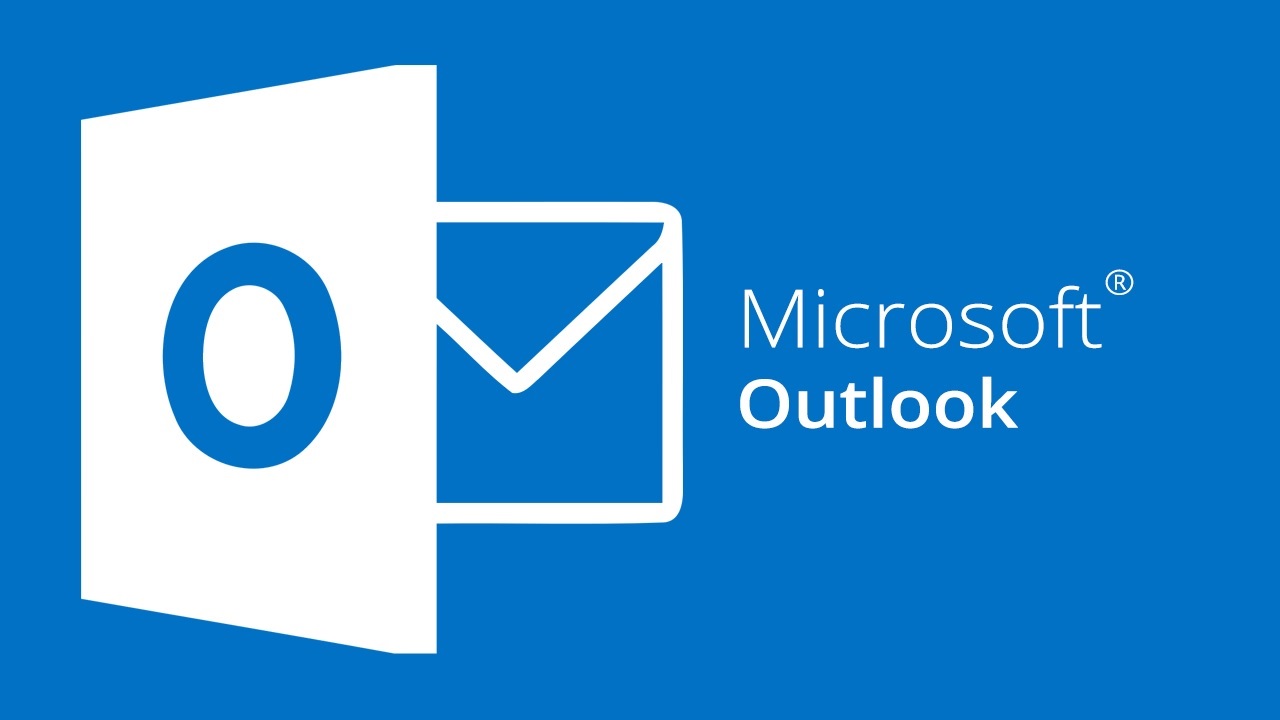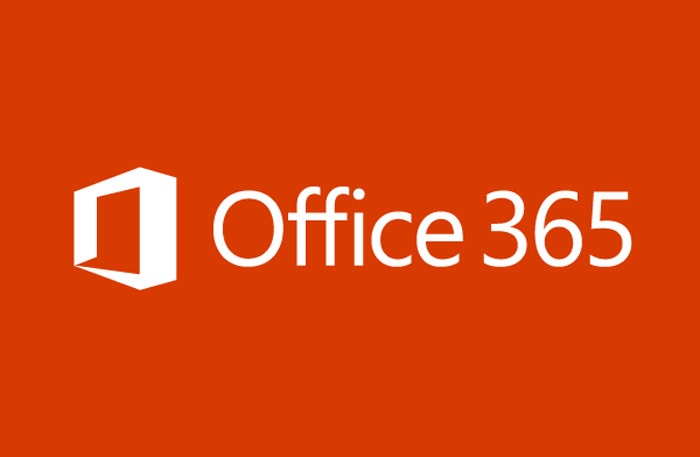Outlook sensitivity labels can protect messages with rights management encryption. But looking at items in the Sent Items folder you might see different results. Some messages have sensitivity labels but don’t appear to be encrypted while others have both labels and encryption. Why should different Outlook clients produce such varying results. It’s all to do with the code built into the clients.
Microsoft 365 Data Loss Prevention (DLP) policies have wide-ranging capabilities when it comes to rules and exceptions. One exception covers the various types of encrypted email that can pass through the Exchange Online transport pipeline. As it happens, three message types are supported, but who could have guessed that permission controlled means rights management?
Delegates often process Outlook email for others. It’s a feature that works well. That is, until protected email arrives. Delegates shouldn’t be able to read protected email in other peoples’ mailboxes. But some versions of Outlook allow this to happen. If you want to be sure that delegates can’t access protected email, maybe you should consider using a dual-mailbox approach.
A recent conversation in the Microsoft Information Protection (MIP) community on Yammer about deleted templates led to a discussion about how this might affect users, like those who apply sensitivity labels with encryption to protect documents in SharePoint Online or email in Exchange Online. As it turns out, MIP has a backstop or get out of jail free card, but to understand how it works, you need to understand a little bit about publishing licenses and use licenses. We explain what happens in this article.
Microsoft Cloud App Security (MCAS) can integrate with Azure Information Protection to allow automated policy-driven application of Office 365 sensitivity labels to Office documents and PDFs. You can depend on users to apply labels manually as they create documents, but it’s easy for humans to forget to add protection where a computer won’t. You’ll pay extra for MCAS, but it could be worthwhile.
The process of introducing Office 365 sensitivity labels to a tenant can be long and complicated because of the need to plan how to manage encrypted content. As you go through the process, don’t delete labels if they’ve already been used to protect content. Instead, remove them from the label policies used to publish information to clients. The labels will then remain intact in documents and other files.
A collection of news snippets loosely connected to different bits of Office 365 that really don’t justify a separate article. But the factoids are interesting all the same…
Office 365 tenants can use Exchange transport rules to apply autosignatures to outbound email, including messages protected with encryption. You can even include some properties of the sender extracted from Azure Active Directory, and you can add an exception so that the autosignature isn’t applied to replies.
The Office 365 Security and Compliance Center includes a report to detail encrypted email. The report is in preview. It’s a nice insight into user activity, even if it has some glitches that need to be sorted out before it becomes generally available.
The latest version of the Azure Information Protection (AIP) client supports the ability to associate S/MIME protection with an AIP label. Although interesting, it’s a feature unlikely to be of much practical use to the majority of Office 365 tenants.
Rights management and encryption are likely to be a much more common Office 365 feature in the future. Sensitivity labels makes protection easy for users to apply through Office apps. The downside is that protection makes content harder to access for some Office 365 and ISV functionality.
The availability of Azure Information Protection and Office 365 sensitivity labels allow tenants to protect important and confidential files. That’s nice, but it’s even better when you know what files are protected. Here’s how to use PowerShell to create a report about those files.
Azure Information Protection rights management templates now support the Any Authenticated Users permission to allow Office 365 users to share email and documents with anyone who can authenticate with Azure Active Directory or has an MSA account or uses a federated service.
Microsoft has released a new setting in the tenant Information Rights Management (IRM) configuration to control if attachments of messages encrypted with the Encrypt Only feature (in OWA and Outlook) are decrypted when downloaded. In fact, two settings are available. One for people with Azure AD accounts, and one for those without.












